Spotting the kamikaze kangaroo waiting roadside before it makes a dash across the path of an unsuspecting driver should be a national sport. In the north and north-west of NSW kangaroos are making an impact. A big impact. Growers fortunate to have crops in the ground are talking of plague-like numbers decimating their fields. Then there is the damage to fences, stock feed and motor vehicles. Currently, its a case of when one hits your car or truck, not if. On a recent drive between Boomi and Moree (97km) I counted 27 kangaroos, dead, either on or near the road. All had been hit by vehicles and you can bet there was some seriously expensive panel-beating involved for some of those unlucky drivers.
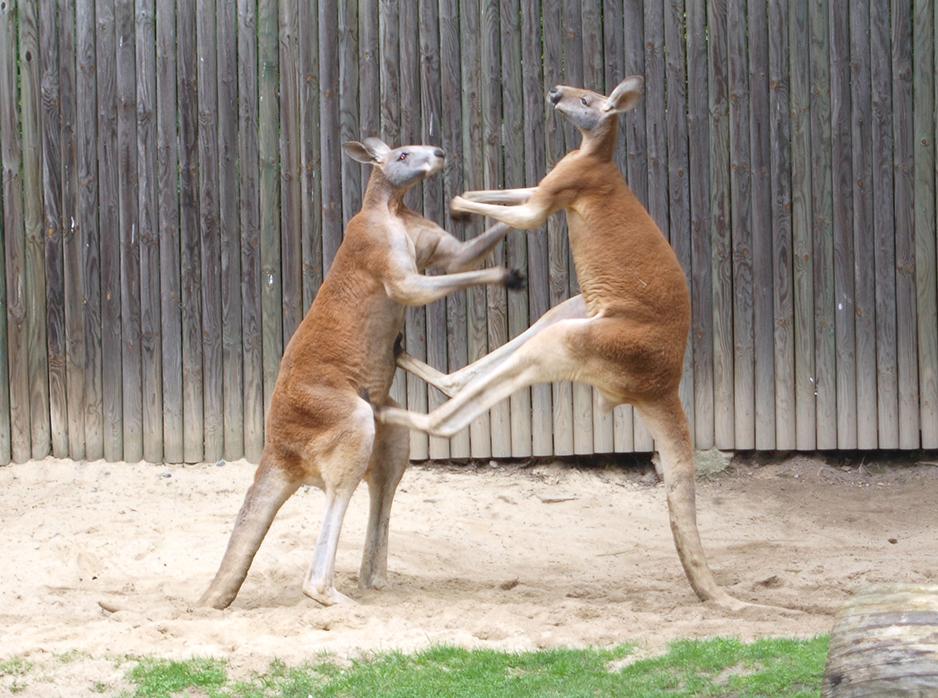 Dont think the roos are mounting an assault on us two-legged creatures, theyre just plain hungry. But their hunger is costing some areas of the rural industry a fortune.
Dont think the roos are mounting an assault on us two-legged creatures, theyre just plain hungry. But their hunger is costing some areas of the rural industry a fortune.
Increasing kangaroo numbers is an issue that arises annually. Especially in a year with poor rainfall and weve had a few of those recently. Kangaroos are a protected species with the NSW Office of Environment and Heritage responsible for the management of the kangaroo population. A license is required to cull kangaroos and these licenses form the harvest quota decided upon and administered by the OEH.
The commercial kangaroo harvest plan is up for renewal and discussion at the end of this year and with the kangaroo population having tripled since 2005 to an astonishing 16 million (Source: The Land 28 April 16) in NSW alone, clearly something needs to be done.


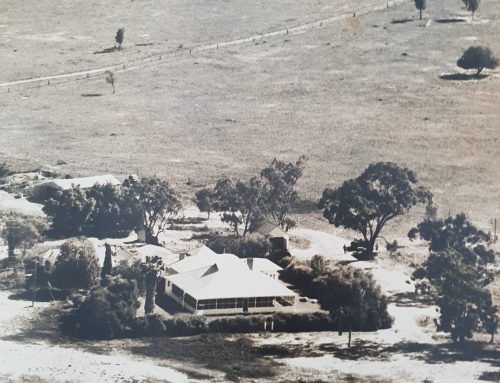
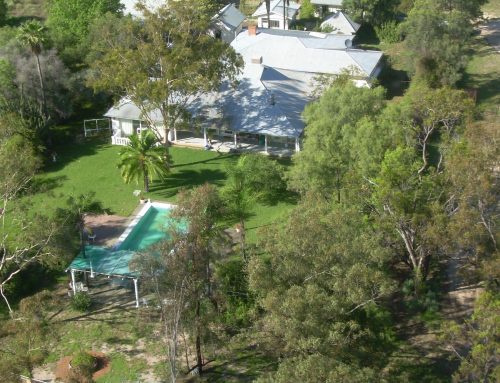
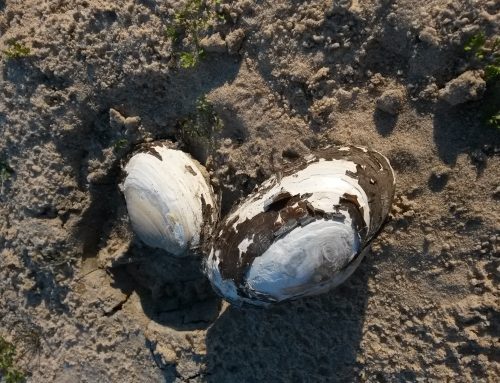
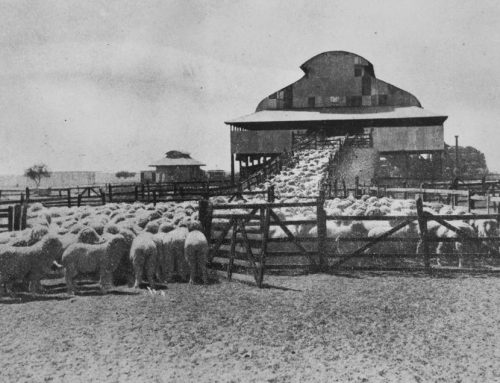
Leave A Comment